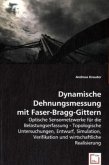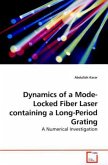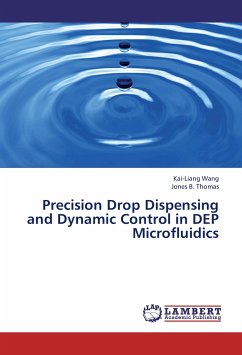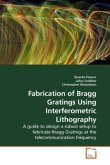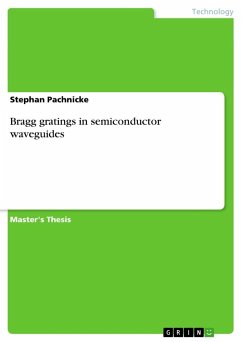Optical add-drop multiplexers (OADMs) are telecommunication components that gain access to information in individual channels within the wavelength division multiplexed (WDM) fiber optical networks forming the backbone of the Internet. Only devices that rely on Bragg gratings have the spectral selectivity required to meet future demands. To date, however, there is no way to fabricate these devices sufficiently inexpensive to allow wide deployment. To give company engineers and students a focused crash-course into the world of OADM, this monograph provides a thorough, easy-to-read review of available passive technologies for OADMs, aimed particularly to give intuitive physical insights into the vital dispersion and interference effects occurring in multi-moded structures incorporating Bragg gratings. It also introduces a new OADM, the anti-symmetric grating coupler, which has the potential for inexpensive OADM filter manufacturing with arbitrary spectral profile. For completeness,the book also provides in the appendix a derivation in an easy-to-read format of both multi-modal waveguide propagation as well as Bragg grating coupled mode theory for arbitrary number of modes.
Bitte wählen Sie Ihr Anliegen aus.
Rechnungen
Retourenschein anfordern
Bestellstatus
Storno



